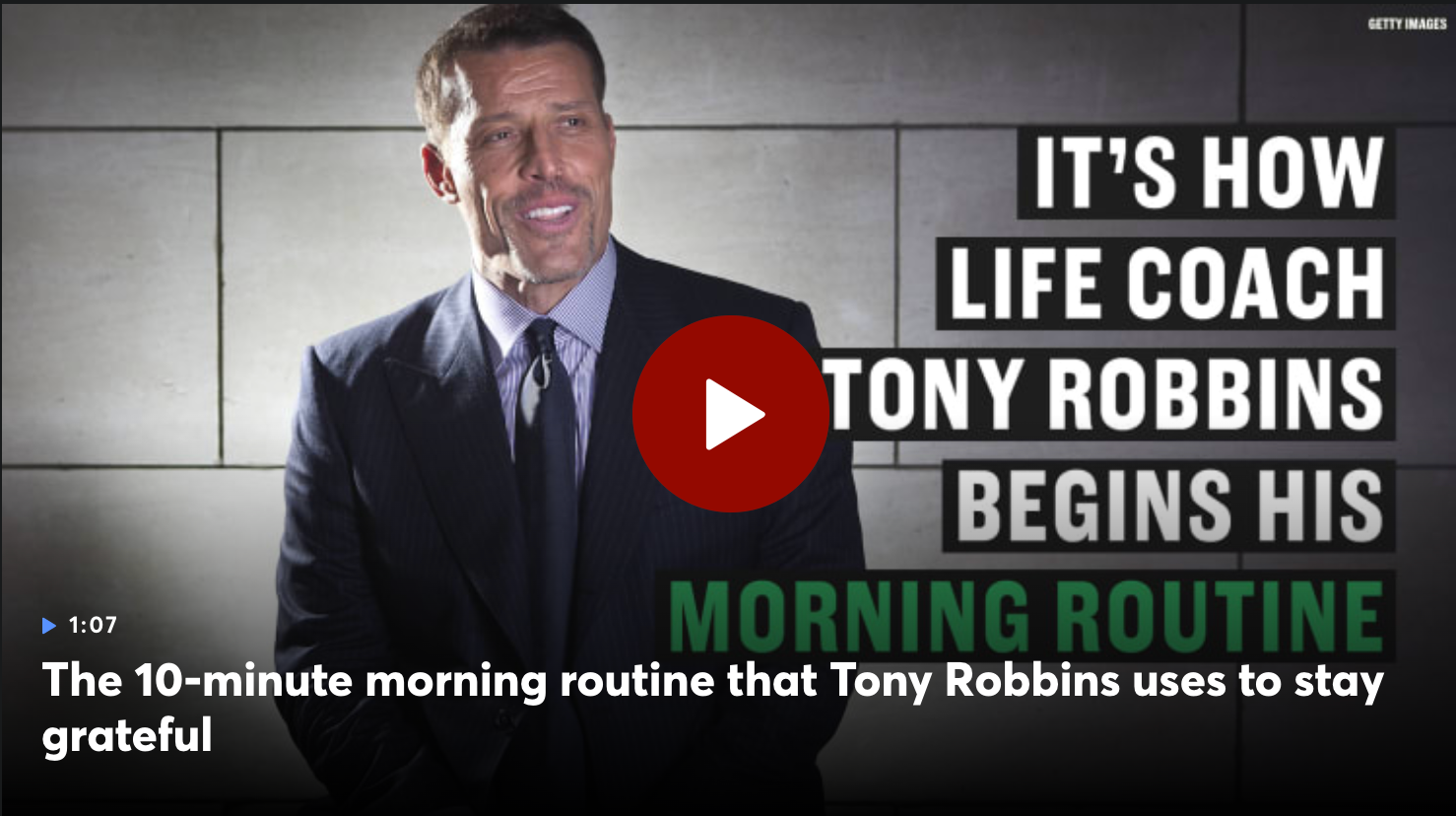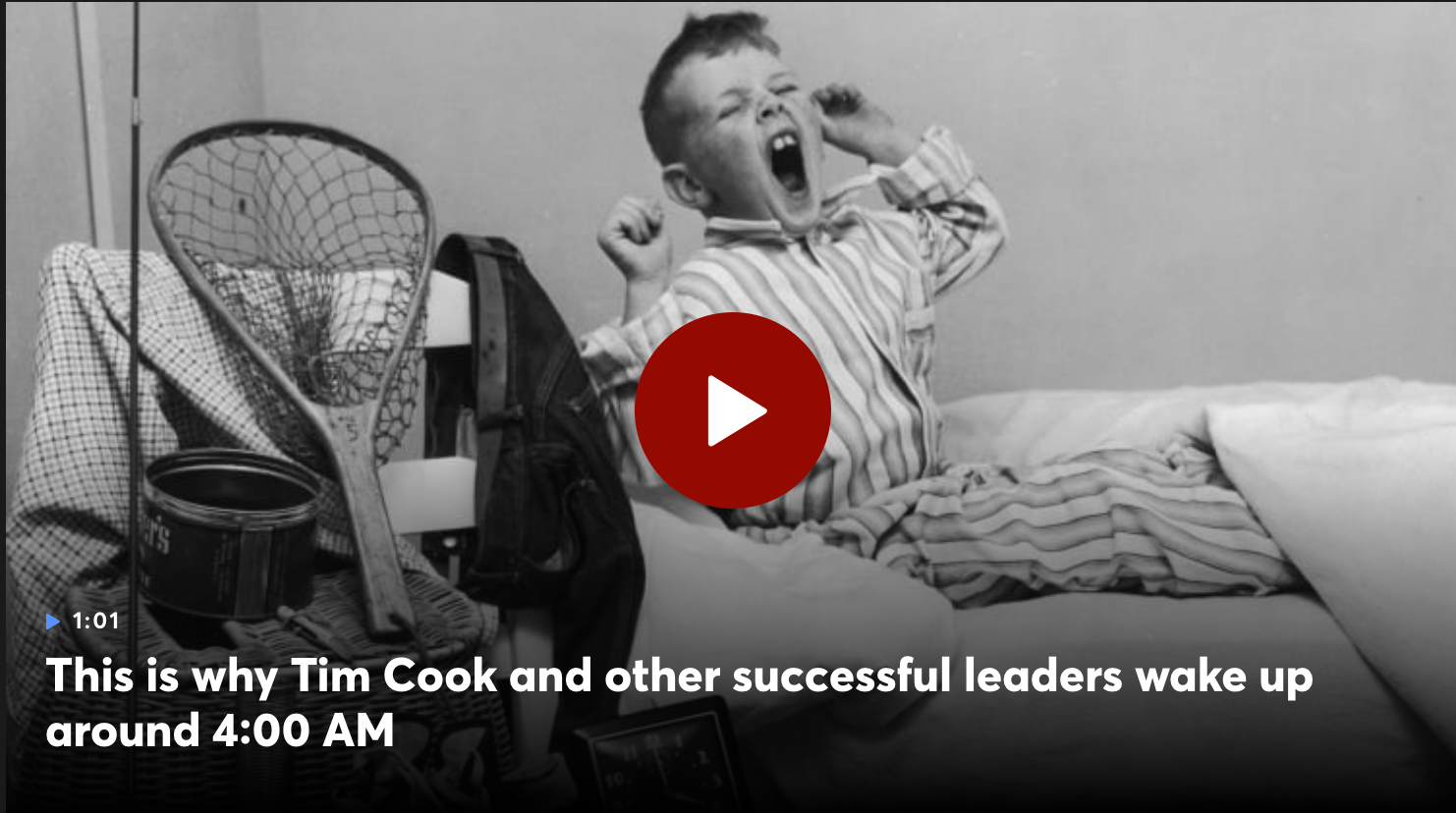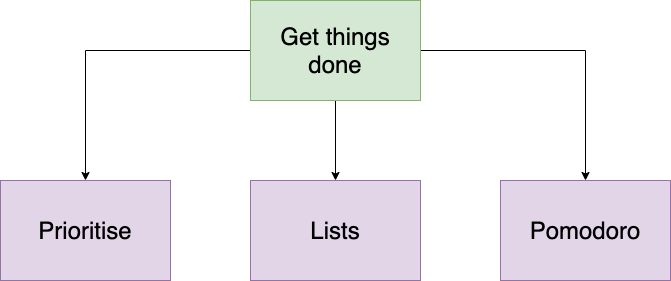Don’t Fall Into the Trap of Productivity Porn
And how to get out if you’re trapped
Do you often struggle to get things done?
Does it make you feel anxious?
Do you follow all the different productivity gurus but can’t replicate their results?
Congrats! You and I have a lot to talk about.
I used to obsess about productivity systems. I wanted to try everything.
There were days when updating my calendar for the next day made me anxious.
Productivity techniques became slangs and catchphrases:
-
“Eat that frog in the morning!”,
-
“Do some morning pages to clear your mind”
Bullet journal, calendar scheduling, basecamp, todo lists, slack, email, Trello. I’ve tried them all. More than I can remember.
What the hell was I doing? I don’t know what and I don’t know why.
But I soon realized an important fact.
Productivity is inversely related to the complexity of your system.
Meaning, if your system is too complex, you spend more time trying to maintain it rather than getting things done.
The best productivity system is one that is the simplest and the most impactful.
Unfortunately, this is not the case with most systems out there.
The self-help industry is (mostly) about productivity porn. You’re stimulating yourself all the time by reading about the best system someone else uses.
A quick search on “productivity systems” or “morning routines”, gives you this:
-
“Tony Robbins has taught this productivity trick to clients ranging from Bill Clinton to Serena Williams (RPM Method)”
-
“This is what Tim Ferris uses to write X books a year and learn X skill”
-
“This is how Ray Dalio starts his day”
-
“Manage your day like Tony Robbins, Richard Branson, and other productive people”


Things like these are almost unavoidable to click. But a bigger mistake is to try all these systems.
These people have made their systems over time according to what works for them.
But this doesn’t mean it will work for you.
There are as many productivity systems as there are people on this planet.
You might like fancy things like RPM, Bullet Journalling, or some other planning system. I like a whiteboard and a timer.
Some people keep all files on their desktop and can make sense of it. Others like me keep their desktop empty. It’s all about having a system to “get shit done”
Whenever I’ve tried to adopt someone else’s system out of the box, I’ve failed to stick with it. Because everyone’s needs are different.
Simple, yet effective
I always err on the side of simplicity. Consider Sam Altman’s advice:
My system has three key pillars: “Make sure to get the important shit done”, “Don’t waste time on stupid shit”, and “make a lot of lists”.
I wish he added ‘shit’ in the last one too.
Having said that, my life changed when I decided to figure things out myself. I threw out all advice relating to productivity, out from my head.
Instead of researching what “top performers” did, I introspected to find a system to suit my needs.
I experimented with tons of tactics. I then simplified them further to avoid wasting any time on keeping up with the system.
Systems exist to keep us in check. Not the other way around.
Here’s what I came up with:

I call it the PLP system. (Coz, why not?) Or maybe LP².
Why Lists?
Whether you want to shop or remember the buttons to push to fly a plane, you use lists.
I’m assuming your work lies within this spectrum.
Lists reduce the pressure on your mind to remember everything. It frees up space of better cognitive function.
I know what you’re thinking. “Lists? Is it that simple?”
Indeed
You can make lots of lists for every aspect of your work and personal lives.
Here are some ideas:
-
A to-do list
-
A master list (like a mind dump)
-
A not-to-do list
-
A distraction list: Write things that come to your mind when you’re working. Check them out when you’re free.
-
A checklist of things to remember before posting an article
-
A checklist for meetings with clients
-
A checklist to take care of things before making a pull request (for all the engineers)
There are hundreds of places to use checklists. It’s the most efficient way to organize your life and stay on top of things.
Why Prioritization?
If you don’t prioritize your life, someone else will — Greg Mckeown
Not every task is equally important. You need to be strategic to reserve your energy for high-value items.
I judge every task on 2 parameters — Impact and Complexity.
Here’s an example from Adora Cheung’s presentation:

Earlier, I used to put urgency as another column. But humans are not a good judge of urgency. If something does come up out of the blue, I adjust.
Frankly, I sometimes switch tasks too, breaking my own prioritized order. When my attention is fading, I have a couple of low-value tasks to knock off. (This is an exception, not the rule).
I’ve used this 2-parameter prioritization for work as well as decision-making.
Why Pomodoros?
Pomodoros are great and incredibly simple.
Work for 25 minutes, take a 5-minute break. Repeat 4 times. Take a 15-minute break. Repeat.
Pomodoros are effective because they’re really small. They build momentum quickly.
Your mind plays tricks on you— if you decide you’ll work for 2 hours straight, it’ll cringe. If you tell it to work for 25 minutes, it’ll comply.
As it turns out, you almost always end up working for longer. The first 25 minutes is the only time you need to get things going.
When it comes to the break, don’t go crazy with emails, social media, YouTube, etc.
Use it to drink water, stretch, or to walk — anything which does not distract you or make you lose your train of thought.
You can skip the break if you feel like it but be ready to go for another 25 minutes. When I skip the break I start to feel distracted after 10 minutes in my next Pomodoro. It’s good to take the break to center yourself again unless you don’t need it.
I also use the break for mindfulness which is the ultimate hack for me.
Adding this sort of deep work with small mindfulness sessions gives you super concentration
Of course, it goes without saying — during your session, you can’t do anything apart from the one task you decided to work on. No emails, messages, calls, social, etc.
You can also make it easier or difficult depending upon your capacity. For example, work for 50 minutes and then take a 10-minute break if you’re a concentration ninja.
The biggest mistake I made is to forget about the timer and fall back into my default mode of operation. Remember, what gets measured, gets managed.
On management — use tally marks and a timer to track it. Or you can use BeFocused for Mac. No need to go fancy.
This is another benefit of pomodoros — they’re easy to track. At the end of the day, you can clearly measure how productive you were by simply counting the number of sessions.
If I start the day with 4 sessions, I’m off to the races. And ending any day with 8 or more sessions is a win.
KISS: Keep It Simple, Stupid
I wrote this post to tell you how simple productivity can be. You don’t need complex systems to get things done. A pen and a sheet of paper are enough and better in most cases.
To summarize:
-
Make simple lists
-
Prioritize to choose a starting point
-
Use the Pomodoro sessions to get your butt in the chair and get things done
-
Don’t chase the latest system by the hot productivity gurus
Feel free to take bits of my simple system into yours and ignore everything if you think it’s a waste of time. It works for me. I think it can work for you too!
Let me know what systems you use to get things done on Twitter!